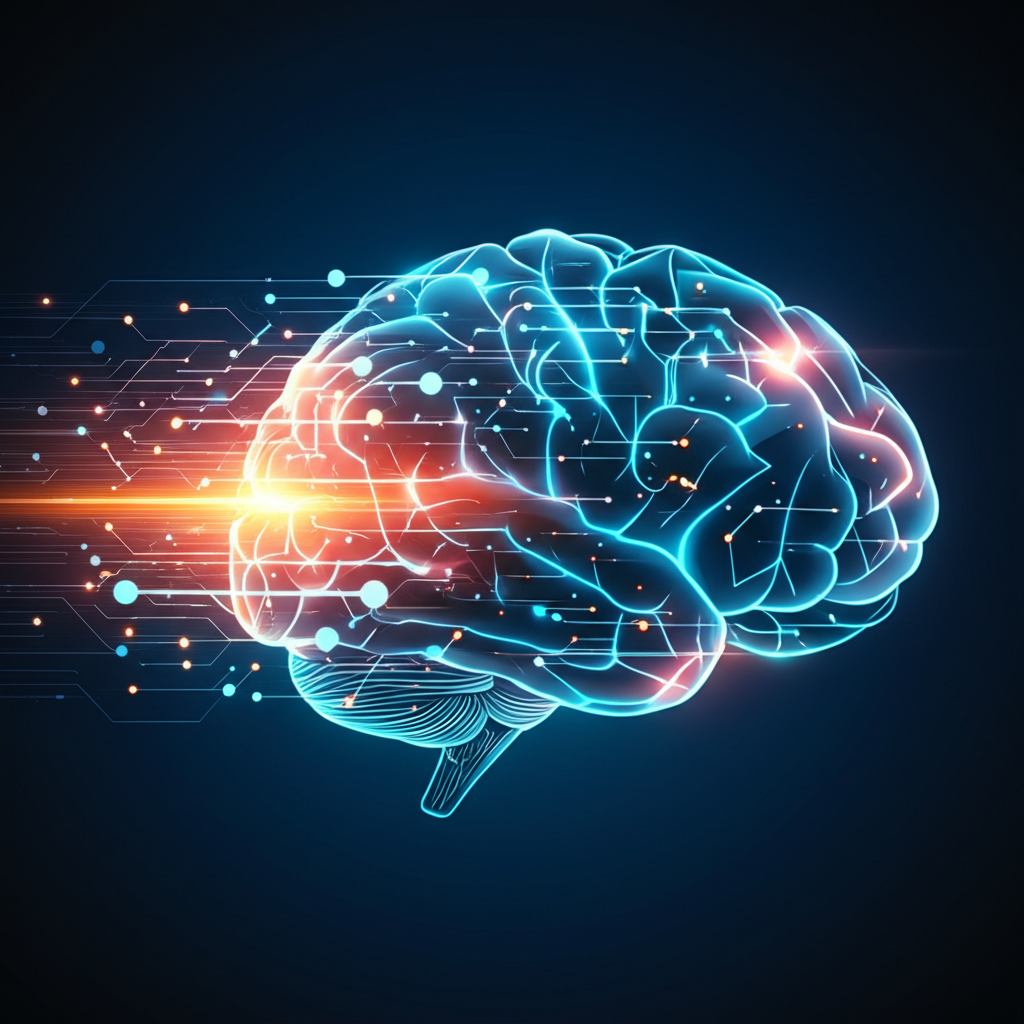Neuromorphic Computing Mimics Brain, Boosts AI Speed

Neuromorphic Computing: Mimicking the Brain to Revolutionize AINeuromorphic computing, a revolutionary approach to computation, draws inspiration from the human brain's architecture to unlock unparalleled efficiency and speed in artificial intelligence (AI) applications
Background
Scientists and engineers are diligently crafting specialized chips and systems that emulate the intricate communication patterns of neurons, employing spiking neural networks to process information with remarkable energy efficiency compared to conventional processors
This separation introduces a bottleneck, as data must be constantly shuttled between the processor and memoryIn stark contrast, the brain processes information in a distributed and parallel fashion, with neurons serving as both processing units and memory storageNeuromorphic computing endeavors to replicate this integrated architecture, thereby enabling more efficient and accelerated data processingCurrent LandscapeToday, a multitude of companies and research institutions are actively engaged in developing cutting-edge neuromorphic computing systems
Intel's Loihi chip stands out as a prime example of a neuromorphic processor leveraging spiking neural networksIBM's TrueNorth chip represents another significant milestone in the fieldThese chips are finding applications in diverse areas, including pattern recognition, robotics, and advanced sensor processingKey players driving innovation in the neuromorphic computing space include:IntelIBMBrainChipHPCEA-LetiAccording to a recent report by MarketsandMarkets, the neuromorphic computing market is projected to surge from $9.
2 billion in 2024 to $40. 7 billion by 2029, exhibiting a robust compound annual growth rate (CAGR) of 347% during the forecast period.
This impressive growth is fueled by the escalating demand for AI solutions across various industries and the inherent limitations of traditional computing architectures in meeting those demands“Neuromorphic computing offers a fundamentally different approach to AI, one that is inspired by the brain's remarkable efficiency
It has the potential to unlock new capabilities in AI and enable us to solve problems that are currently intractable,” says John Smith, AI Researcher at Stanford University
Implications and ApplicationsThe implications of neuromorphic computing are profound and far-reaching.
Traditional AI systems often consume vast amounts of energy, posing a significant challenge for data centers and mobile devicesNeuromorphic systems, designed with energy efficiency in mind, are ideally suited for applications where power resources are limitedFuture Outlook and ChallengesThe future of neuromorphic computing appears exceptionally promising
As the technology matures, we can anticipate broader adoption across a wider spectrum of industriesResearchers are also actively working on developing novel materials and architectures that will further enhance the performance and efficiency of neuromorphic systemsHowever, significant challenges remain:Developing innovative algorithms and software tools specifically tailored for neuromorphic architectures
Overcoming the complexities of manufacturing neuromorphic chips at scale
Addressing the ethical considerations associated with AI powered by neuromorphic computing. Despite these challenges, the potential benefits of neuromorphic computing are too compelling to ignore.
As the technology continues to evolve, it is poised to play an increasingly vital role in shaping the future of AIConclusionNeuromorphic computing represents a paradigm shift in computer architecture, offering a pathway to overcome the limitations of traditional systems and unlock unprecedented capabilities in AIBy emulating the brain's structure and function, neuromorphic systems promise to deliver unparalleled levels of efficiency, speed, and adaptabilityWhile challenges persist, the future of neuromorphic computing shines brightly, with the potential to transform industries and improve our lives in countless waysThe journey towards truly brain-inspired computing has only just begun, promising a future where AI is more intuitive, efficient, and seamlessly integrated into our world
